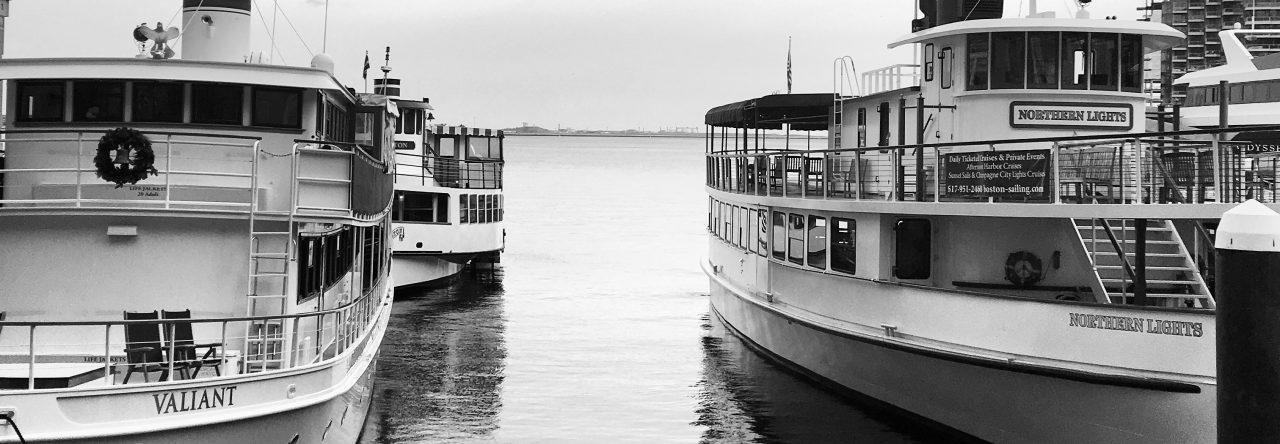FAITH
We went to Statesville this weekend to celebrate Kel and Alan’s birthdays. It was a long weekend–both intentionally and not; Friday was a surprise snow day, even though we didn’t get much of anything until Friday night, and barely then an inch. Monday was MLK day, so the kids were off from school then, too. So Saturday, we packed up everybody, including the Doodle and the Chiweenie, and headed down the mountain. The higher elevations certainly had more snow than we did, but we made it through okay.
Sunday I was able to make it over to Trinity for the first time since we moved just a touch more than a year ago. Occasions like this sometimes make me anxious–the well-managed introvert inside me quickly gets overwhelmed–but it was nothing short of wonderful. There have been times when I’ve gone back to visit an old office after I’d changed jobs, or even come back here to Cullowhee to see old professors, but nothing felt quite like it did to be back among a community of church people who were happy to see you. At least, this one. I don’t know if that’s true everywhere.
It was a warm reception–though just about every conversation I started up with someone was interrupted by someone else who came over to say hello, and when that conversation started to move into substance, someone else would come over. But that was fine.
Mostly it was wonderful to be back in the church, the voices real, the liturgy filled with presence.
Thomas and Julia have really only one video game that they play, a rather versatile game called Minecraft, where their creative energy can be used somewhat endlessly. Kel and I have never minded that the kids play this game. It isn’t violent, at least not much, and they’ve yet to run out of things to do in the immersive and humorously pixelated space.
Both of the kiddos have watched hours and hours of YouTube videos in which they observe other people playing the game. Thomas in particular has taken a fascination with how to build machines and animate creation. The boy constructed a rollercoaster, and he’s installed lighting in the house(s) he’s built. Minecraft players use items in their inventory to build things, and there’s something called redstone dust that is sort of like the magic powder that makes things work. It’s the animating power, the really good stuff. You can build a roller coaster, but the carts won’t roll on it without redstone dust. You can put in lights, but they won’t turn on unless you connect them with a line of the stuff.
One of the things that I appreciate so deeply about the Episcopal tradition is its foundational liturgy. Sitting in Trinity this past weekend, I felt myself leaning on its words, feeling them differently among this group of friends. The liturgy is the framework–the machine of sorts–that makes God accessible. It helps us find a place.
In fact, in many ways, it seems hard to imagine what to do with God without having a well defined framework. (Forgive me for stating the obvious; this is basically the cornerstone of why churches do what they do.) The liturgy for Holy Eucharist follows a well-worn path: a hymn, scripture from the Old and New Testaments and a Gospel reading, the homily, then prayers, confession, an offering of peace and an offering of tithes, communion, prayer, and a benediction. There’s a little bit of everything in there.
Being back in the nave, though, with so many warm and familiar faces, including Father Brad, with whom I worked so closely as we kept Sunday services going through the pandemic, I realized how integral faith–both individual and collective–was to this holy machine. It’s the redstone dust, if you will, that makes things go.
Without it, liturgy becomes a dry motion. And sometimes that’s okay–our lives of faith certainly ebb and flow, and just going through the motions can ensure that when that inner fire sparks back up, there’s structure there to guide it.
But with it, the joy of worship is full. That’s what I felt Sunday as I recited the liturgy with that dear congregation. I didn’t realize how much I missed it.






1 Pingback